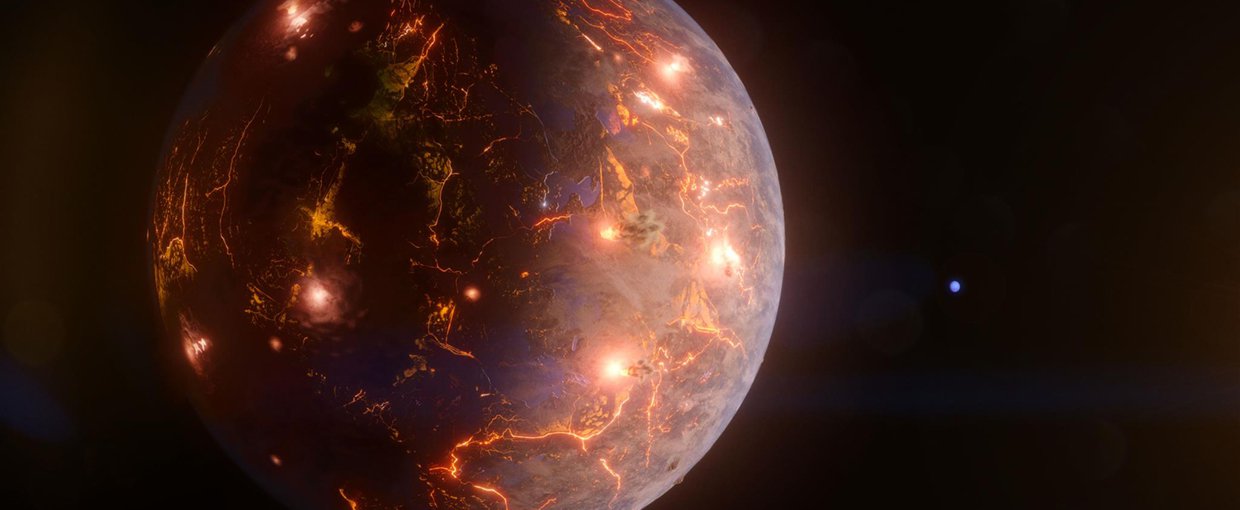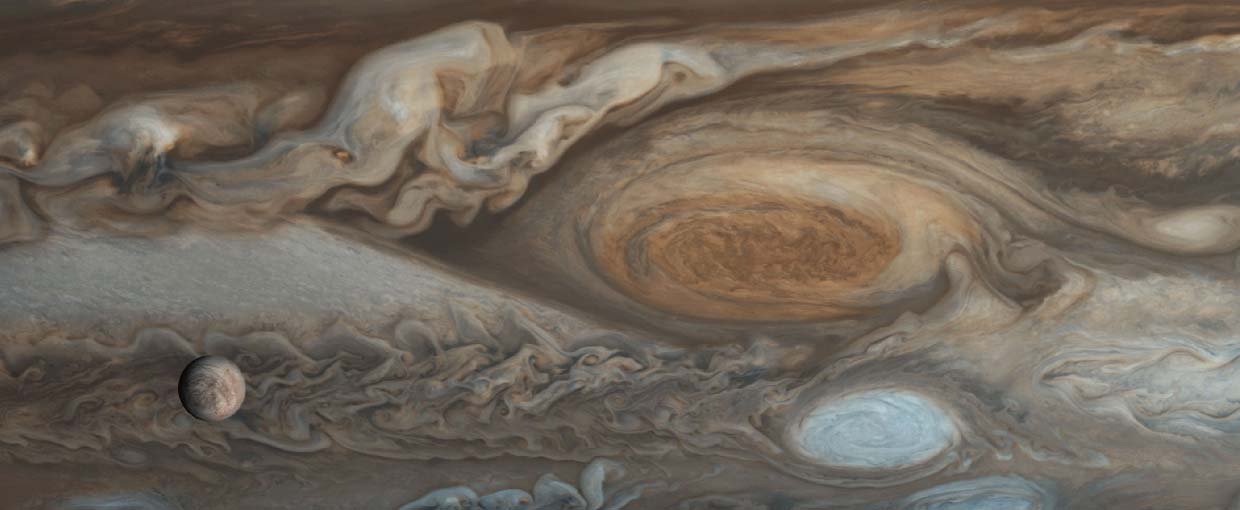Németh, P., & Garvie, L. A. J. (2020). Extraterrestrial, shock-formed, cage-like nanostructured carbonaceous materials. American Mineralogist, 105(2), 276–281. doi:10.2138/am-2020-7305
Pinilla, P., Pascucci, I., & Marino, S. (2020). Hints on the origins of particle traps in protoplanetary disks given by the M_dust-M_* relation. Astronomy & Astrophysics. doi:10.1051/0004-6361/201937003
Sutherland, K. M., Wankel, S. D., & Hansel, C. M. (2020). Dark biological superoxide production as a significant flux and sink of marine dissolved oxygen. Proceedings of the National Academy of Sciences, 117(7), 3433–3439. doi:10.1073/pnas.1912313117
Janzen, E., Blanco, C., Peng, H., Kenchel, J., & Chen, I. A. (2020). Promiscuous Ribozymes and Their Proposed Role in Prebiotic Evolution. Chemical Reviews, 120(11), 4879–4897. doi:10.1021/acs.chemrev.9b00620
Boyer, G. M., Schubotz, F., Summons, R. E., Woods, J., & Shock, E. L. (2020). Carbon Oxidation State in Microbial Polar Lipids Suggests Adaptation to Hot Spring Temperature and Redox Gradients. Frontiers in Microbiology, 11, None. doi:10.3389/fmicb.2020.00229
Johnson, S. S., Millan, M., Graham, H., Benison, K. C., Williams, A. J., McAdam, A., … Achilles, C. (2020). Lipid Biomarkers in Ephemeral Acid Salt Lake Mudflat/Sandflat Sediments: Implications for Mars. Astrobiology, 20(2), 167–178. doi:10.1089/ast.2017.1812
Kebukawa, Y., Zolensky, M. E., Ito, M., Ogawa, N. O., Takano, Y., Ohkouchi, N., … Kobayashi, K. (2020). Primordial organic matter in the xenolithic clast in the Zag H chondrite: Possible relation to D/P asteroids. Geochimica et Cosmochimica Acta, 271, 61–77. doi:10.1016/j.gca.2019.12.012
Frenkel-Pinter, M., Samanta, M., Ashkenasy, G., & Leman, L. J. (2020). Prebiotic Peptides: Molecular Hubs in the Origin of Life. Chemical Reviews. doi:10.1021/acs.chemrev.9b00664
Goosmann, E. A., Buick, R., Catling, D. C., Luskin, C., & Nhleko, N. (2020). Vesicle paleobarometry in the Pongola Supergroup: A cautionary note and guidelines for future studies. South African Journal of Geology. doi:10.25131/sajg.123.0005
Tang, Q., Pang, K., Yuan, X., & Xiao, S. (2020). A one-billion-year-old multicellular chlorophyte. Nature Ecology & Evolution. doi:10.1038/s41559-020-1122-9



